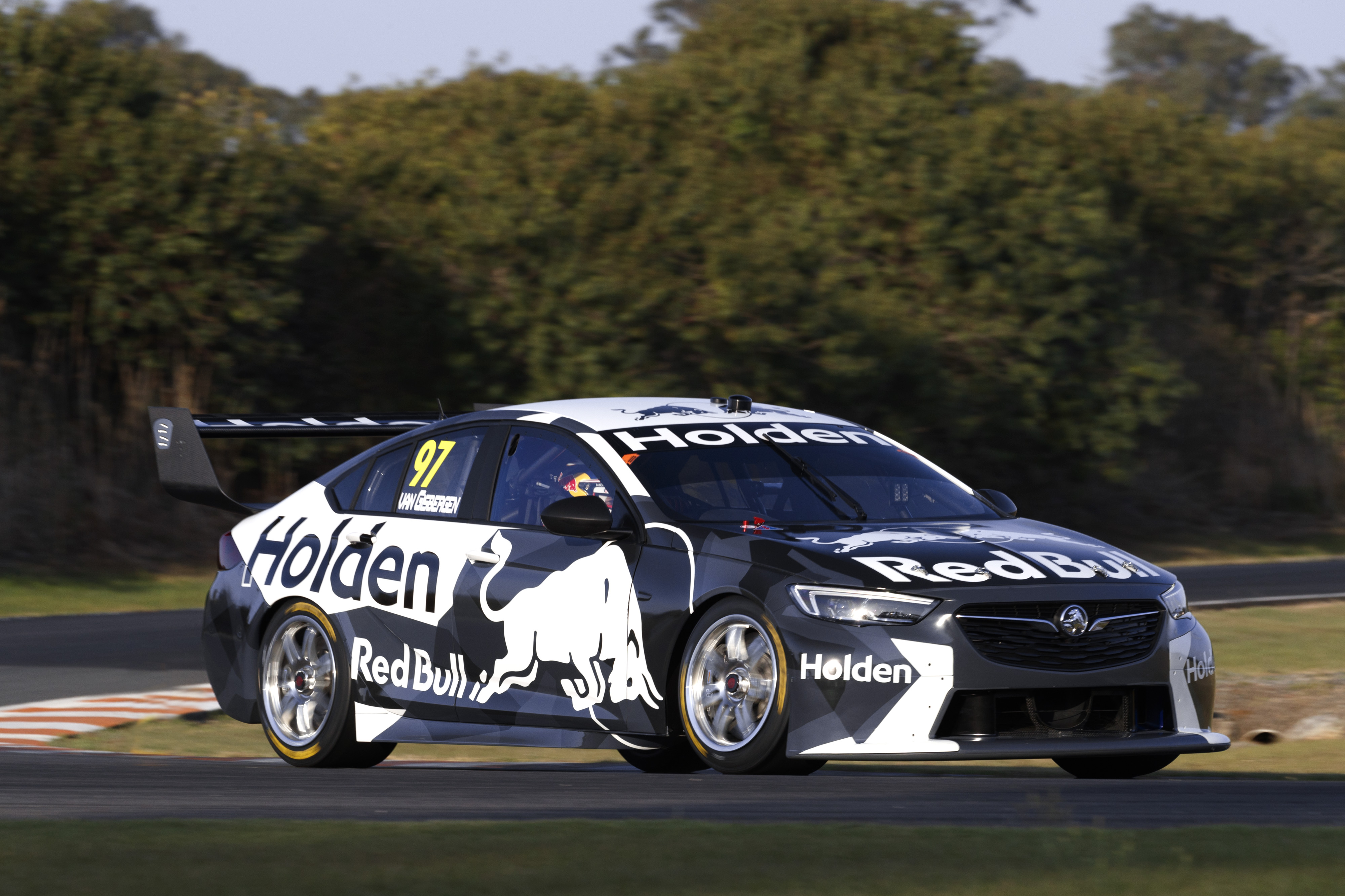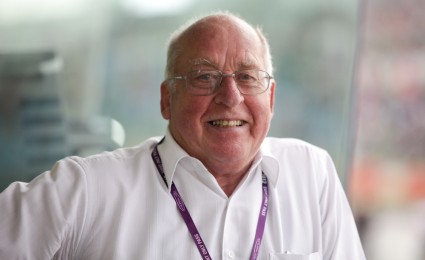

Being known as the architect of Australian motor racing journalism sits snugly on Max Stahl’s broad shoulders.
He was at the helm of one of Australia’s best remembered motor racing mastheads – Racing Car News – from the 1960’s to the 1980’s – which had become the bible of the sport in this country.
A former advertising man, Stahl loved racing and competed with distinction in touring cars chiefly during the 1960’s and 1970’s. He also had a penchant for rallying.
Notably he competed in the New Caledonian Rally in 1967 in a Volvo with John Keran. The pair ending up winning and in doing so became the first Australian crew to win an international rally, something which he remains fiercely proud of.
Stahl had a small advertising agency in Sydney during the fifties but had moved into the city in the early sixties during which time he was involved in racing as a competitor.
He had purchased the ex-Brian Muir 48-215 (unofficially known as the FX Holden) to run alongside drivers like Barry Seton, Spencer Martin, John Hall and Warren Wheldon.
“I achieved a certain amount of fame and notoriety with that car,” Stahl reflects.
“I raced it at Warwick Farm, Oran Park, Catalina Park, Sandown, Lakeside and various other places.
“The notoriety came during my first time at Catalina Park (Katoomba) in 1963 because I stuck it in the fence and rolled over.
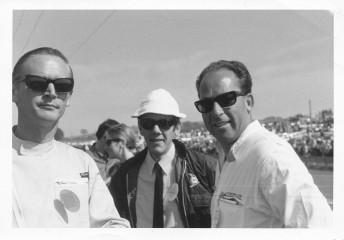
“After I wrecked the car Norm Beechey came up to me and put his arm around my shoulder and said, ‘don’t worry Maxie. Just remember if you can’t win be a crowd pleaser’.
What put Stahl on his path in the publishing world was when he decided to sell his advertising agency when he was stationed at Devonshire Street in Sydney.
“After I sold I was asked by Peter Tildsley who had been producing the first Hot Rod magazine whether I’d like to be the editor of it,” Stahl says.
“I thought ‘yeah that sounds like pretty good fun’ so I did that for the first couple of issues.
“In the same building was a company called Photo Digest who were producing Racing Car News and that magazine had started on my instigation because there was a paper called Australian Motoring News which published the motor sport happenings of the day and it went out of business in 1961.
“So I said to George Reid who published magazines which I had advertising in, ‘you had better start up a motor racing magazine to take the place of Motoring News. He did and it was going for two or three years after which time he asked if I would like to be the editor (Racing Car News).
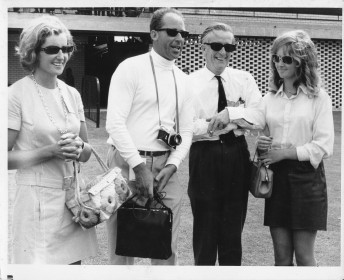
“I took it on and ended up staying for 23 years and it was regarded as the bible of motorsport in Australia and I was very proud of that.
“I think we presented a human face to motor racing which appealed to people, fans, enthusiasts and drivers.”
Stahl, now 77, placed a lot of emphasis on accuracy which he shared with contemporary Barry Lake, who died a few months ago.
“I can take comfort and this is reinforced by Barry Lake who said the one thing he really liked about me and Racing Car News was that we were sticklers for accuracy.”
During the sixties and seventies Stahl would make a point of covering extensively the exploits of Aussies overseas.
“When Frank Gardner was racing in England, Gloria Gardner, who was his girlfriend at the time, would never miss an issue because you didn’t hear about what Frank was doing in the racing world anywhere else.
“Gloria used to listen to my radio programmes in the late 1960’s for the same reason before she later joined Frank overseas.”
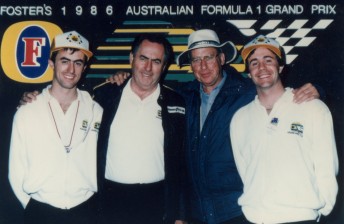
There are thousands of stories about the once great Tasman Series where the world’s best grand prix drivers would make an annual pilgrimage to Australia and New Zealand.
Stahl can retell countless yarns not-to-mention the relentless joke-telling of F1 champion Graham Hill.
“It was quite a thrill to be invited out to join those Tasman drivers like Jim Clark, Graham Hill and Bruce McLaren. I would go water skiing with many of them and we would all go to parties,” Stahl said.
One joke Graham Hill told at an AJC (Australian Jockey Club) cocktail party following a Warwick Farm meeting one night was fashioned on the Profumo Affair.
This was the biggest political scandal to hit Britain at the time and involved a brief but damaging affair between the beautiful Christine Keeler, who was reportedly a mistress of a Soviet spy, and war secretary John Profumo in 1963.
“Everyone loved Graham’s joke telling. And the one that sticks in my mind was when he said ‘I’ve just come from London where everything is about the Christine Keeler and John Profumo scandal. Well I’ve just heard that she’s escaped from prison. Apparently somebody has poked her through the bars.”
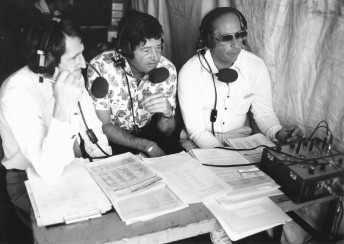
Later Stahl had occasion to travel to England for the London-to-Sydney marathon in 1968 where Hill’s joke would come flooding back to him.
“I was in London and I met up with a fellow who was involved in the Profumo Affair and he took me to a pub and there, large as life, sitting at the bar was Christine Keeler and he introduced me to her.”
Stahl’s adventures are as long as Conrod Straight and as colourful as Mount Panorama’s history which celebrates its 75th anniversary in 2013.
By the early 1980’s the publishing world in Australia was undergoing change and the big print barons were re-arranging the deck chairs.
Stahl’s time in control of Racing Car News which shaped Australian motor racing journalism was closing in on its final lap.
“I had a heart attack in early in 1982 and I slowed down a bit. In early 1983 I kept on working but then I gave away the magazine when my co-owner decided to sell the magazine and it was bought by Stephen Knox.”
Then in 1985 Max was approached by a syndicate who wanted to pump oxygen back into Racing Car News which had folded more than a year earlier.
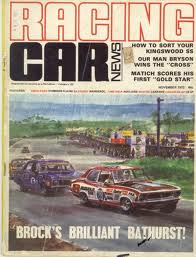
“They wanted me back as editor and I thought that was terrific so the August ‘86 issue was the first of the revival and that was looking pretty good. It went on for four or five months but it still wasn’t selling very well.
“The advertising agency wasn’t very good because the bloke who headed up the syndicate wasn’t doing a good enough job to produce the income.
“So the syndicate members who put a fair bit of money in became fairly disappointed with that and one thing led to another and I gave it away that Christmas and went up the Central Coast and retired.”
These days Max lives in the village of Wingen just north of Scone where life is a little more relaxed than the world of racing and car journalism.
“I’m still the ‘central information bureau’ on many aspects of motorsport,” Max chirps.
“I get a lot of calls from people wanting to research books.
“Life is good because I’m still vertical and above the grass.”








